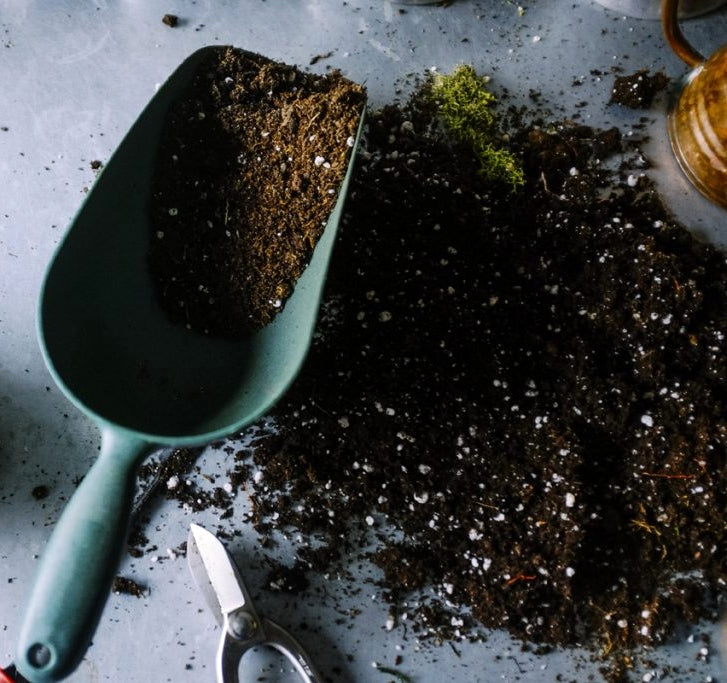Understanding and Benefiting from Soil Sterilization for Plant Growth
Introduction: Healthy soil is the cornerstone of successful gardening. Whether you're a seasoned gardener or just starting out, understanding the importance of soil sterilization can elevate your gardening game. Soil sterilization involves killing harmful pathogens, pests, and weed seeds present in the soil before planting. In this article, we'll explore the methods and benefits of soil sterilization and how it can contribute to thriving plant growth.
Why Sterilize Soil? Soil is a complex ecosystem teeming with life, both beneficial and harmful. While beneficial microbes aid in nutrient recycling and plant health, harmful pathogens, pests, and weed seeds can wreak havoc on your plants. Sterilizing soil eliminates these threats, creating a clean slate for your plants to grow.
Methods of Soil Sterilization:
Heat Sterilization: Oven Method: Spread moist soil in a shallow tray and bake at 180-200°F (82-93°C) for 30 minutes to an hour.
Solarization: Cover moist soil with clear plastic during hot summer months to harness solar heat. Leave it in place for 4-6 weeks to kill pathogens, pests, and weed seeds.
Steam Sterilization: Use a steam sterilizer or a pressure cooker to subject soil to high-temperature steam for 30 minutes to an hour. This method effectively kills pathogens and weed seeds without altering soil structure.
Chemical Sterilization: Chemicals like methyl bromide and formaldehyde can be used for large-scale soil sterilization. However, these methods are less common due to environmental concerns and potential harm to beneficial soil organisms.
Disease Prevention: Soil sterilization kills harmful pathogens such as fungi, bacteria, and nematodes, reducing the risk of plant diseases and root rot.
Pest Control: Eliminating pests like insects, larvae, and eggs prevents them from damaging your plants and reduces the need for chemical pesticides.
Weed Suppression: By killing weed seeds present in the soil, sterilization helps control weed growth, giving your plants a competitive edge for nutrients and sunlight.
Enhanced Plant Growth: Sterilized soil provides an optimal environment for plant roots to establish and thrive without competition from pathogens, pests, or weeds. This leads to healthier plants with increased vigor and productivity.
Consistent Results: Sterilizing soil ensures consistency in plant growth by removing variability introduced by soil-borne pests and diseases. This is particularly beneficial for commercial growers and nurseries.
Considerations and Precautions:
Soil Structure: While soil sterilization effectively kills pathogens and pests, it can also affect soil structure and microbial activity. Reintroducing beneficial microbes through compost or organic matter can help restore soil health.
Environmental Impact: Chemical sterilization methods pose environmental risks and are regulated or banned in many regions. Opt for environmentally friendly methods such as heat or steam sterilization whenever possible.
Personal Safety: When using heat or chemical sterilization methods, take precautions to protect yourself from burns, fumes, and chemical exposure. Follow safety guidelines and use protective gear as necessary.
Conclusion: Soil sterilization is a valuable practice for gardeners seeking to create optimal conditions for plant growth. By eliminating harmful pathogens, pests, and weed seeds, sterilized soil promotes healthy root development and robust plant growth. Whether you're growing vegetables, flowers, or ornamentals, incorporating soil sterilization into your gardening routine can lead to more successful harvests and lush, vibrant gardens.


0 comments